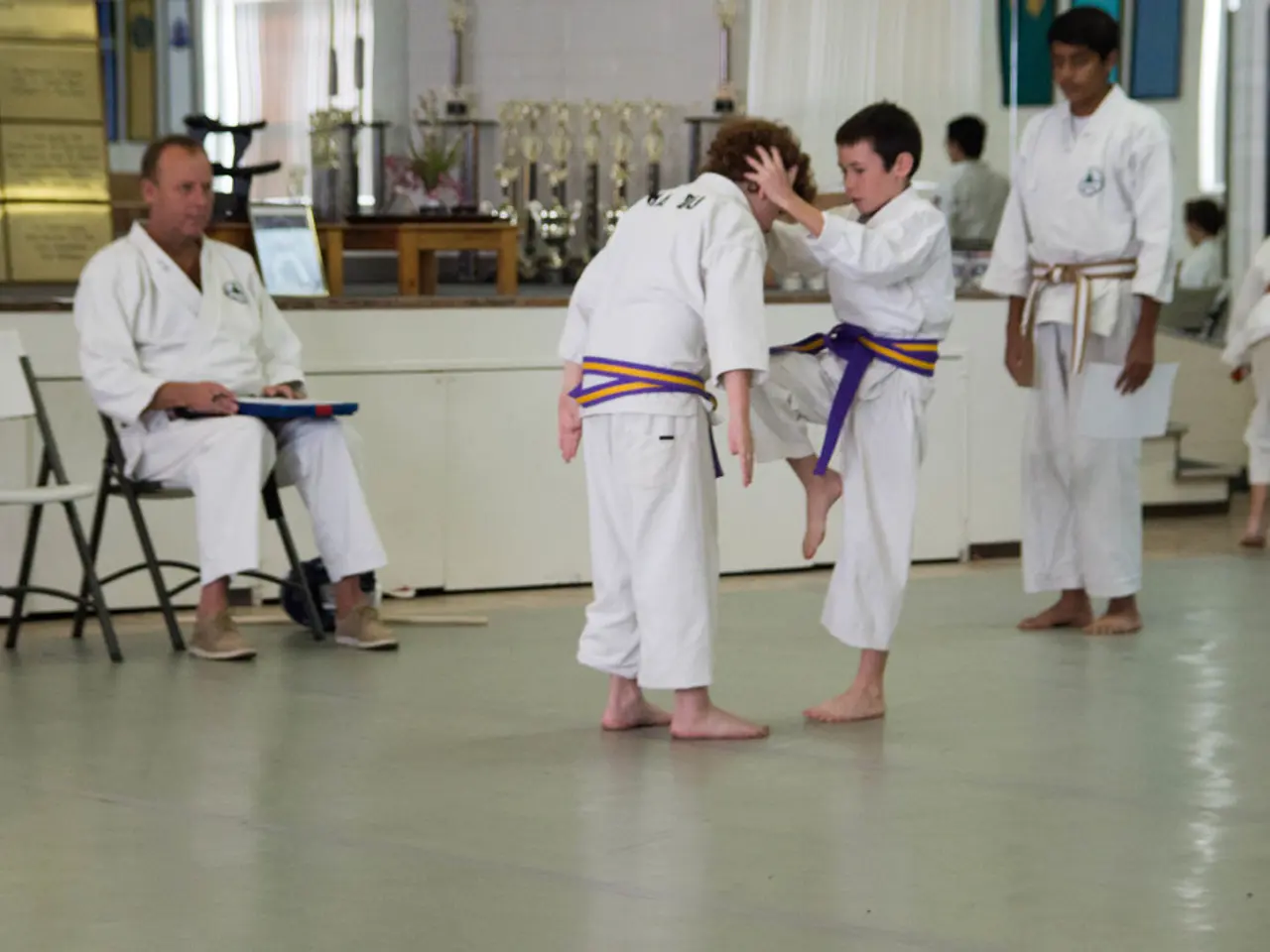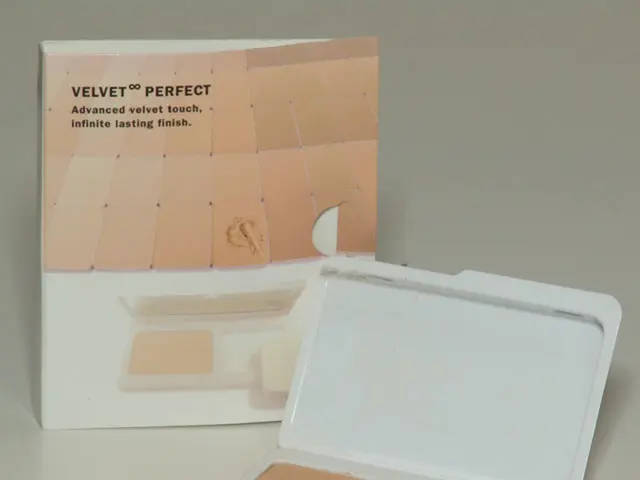Augmented Reality and Virtual Reality Transform Medical Education
**Current State and Future Growth of AR and VR in Healthcare**
In the realm of medical education, augmented reality (AR) and virtual reality (VR) are revolutionizing the way professionals learn and practice. These immersive technologies offer a unique opportunity to enhance skills, practice complex procedures, and prepare both patients and healthcare providers for real-life scenarios.
**Virtual Reality (VR):**
Currently, the global VR in healthcare market is valued at over $4 billion, a figure expected to grow exponentially to over $13 billion by 2029, at a compound annual growth rate (CAGR) of 27.3% [1]. VR platforms like Osso VR provide detailed simulations for surgeons, enabling them to practice complex procedures with precision and minimal risk. VR is also being used to prepare patients for surgeries, reducing anxiety and uncertainty [2].
**Augmented Reality (AR):**
The AR in healthcare market is projected to reach $1.51 billion in 2025 and $4.99 billion by 2030, growing at a CAGR of 26.99% [5]. AR is increasingly used for surgical training and guidance, enhancing minimally invasive procedures through improved visualization. It is also used in locating veins for blood draws and injections [4]. The Asia-Pacific region is seeing significant growth in the use of AR for patient education and rehabilitation [5].
**Future Growth:**
The future of AR and VR in healthcare is promising, with continued advancements in technology expected to further enhance medical training. VR will provide more realistic and personalized simulations, while AR will integrate with medical-imaging systems and expand its use in patient education and rehabilitation [5].
At the University of Central Florida College of Nursing, both AR and VR are being used for nurses and nurse practitioners, providing a look inside the anatomy of the human body. At Johns Hopkins School of Nursing, VR is being used at all levels, including resuscitation, anaphylactic reactions, postsurgical management, acute-care management, and pediatric critical care [3].
Dr. Augustus D. Mazzocca, using a system called PrecisionOS, is augmenting orthopedic education at Massachusetts General Hospital. He believes that VR in orthopedic surgery will grow to include all areas, such as hip fractures, ACL reconstructions, and shoulder instability operations [6].
Kristen Brown, an assistant professor at the Johns Hopkins School of Nursing, is working on a multiplayer VR study involving medical and nursing trainees [7]. UCF uses both Microsoft HoloLens and Oculus headsets, as well as prepackaged simulations, for AR and VR medical training [8].
In conclusion, AR and VR are poised for significant growth in healthcare, primarily through their applications in medical training, real-life practice preparation, and patient care enhancements. These technologies are set to transform the way healthcare professionals learn and patients are prepared, ultimately leading to improved patient outcomes.
[1] Grand View Research. (2021). Virtual Reality in Healthcare Market Size, Share & Trends Analysis Report By Component (Hardware, Software, Services), By Application (Diagnostic, Surgical, Therapeutic, Training & Education), By End-use (Hospitals, Clinics, Ambulatory Surgical Centers), And Segment Forecasts, 2021 - 2028.
[2] Healthcare IT News. (2021). How virtual reality is revolutionizing healthcare.
[3] University of Central Florida. (n.d.). UCF College of Nursing.
[4] Medgadget. (2020). Augmented Reality in Medicine: A Review of Current Applications and Future Directions.
[5] MarketsandMarkets. (2020). Augmented Reality in Healthcare Market by Component (Hardware, Software, Services), Application (Diagnostic, Surgical, Therapeutic, Training & Education), End User (Hospitals, Clinics, Ambulatory Surgical Centers), and Region - Global Forecast to 2030.
[6] Massachusetts General Hospital. (n.d.). Department of Orthopaedic Surgery - PrecisionOS.
[7] Johns Hopkins University. (n.d.). Kristen Brown.
[8] University of Central Florida. (n.d.). Simulation and Immersive Learning.
- The integration of augmented reality (AR) and virtual reality (VR) in education-and-self-development, such as medical schools like the University of Central Florida College of Nursing, demonstrates the potential for these technologies to revolutionize learning beyond healthcare, offering immersive and interactive experiences for a variety of disciplines.
- As technology advances, science, health-and-wellness, and learning sectors will greatly benefit from the continued growth of AR and VR technologies, as these immersive methodologies continue to disrupt traditional methods of learning and professional practice, ultimately promoting better patient outcomes alongside increased skill development.




